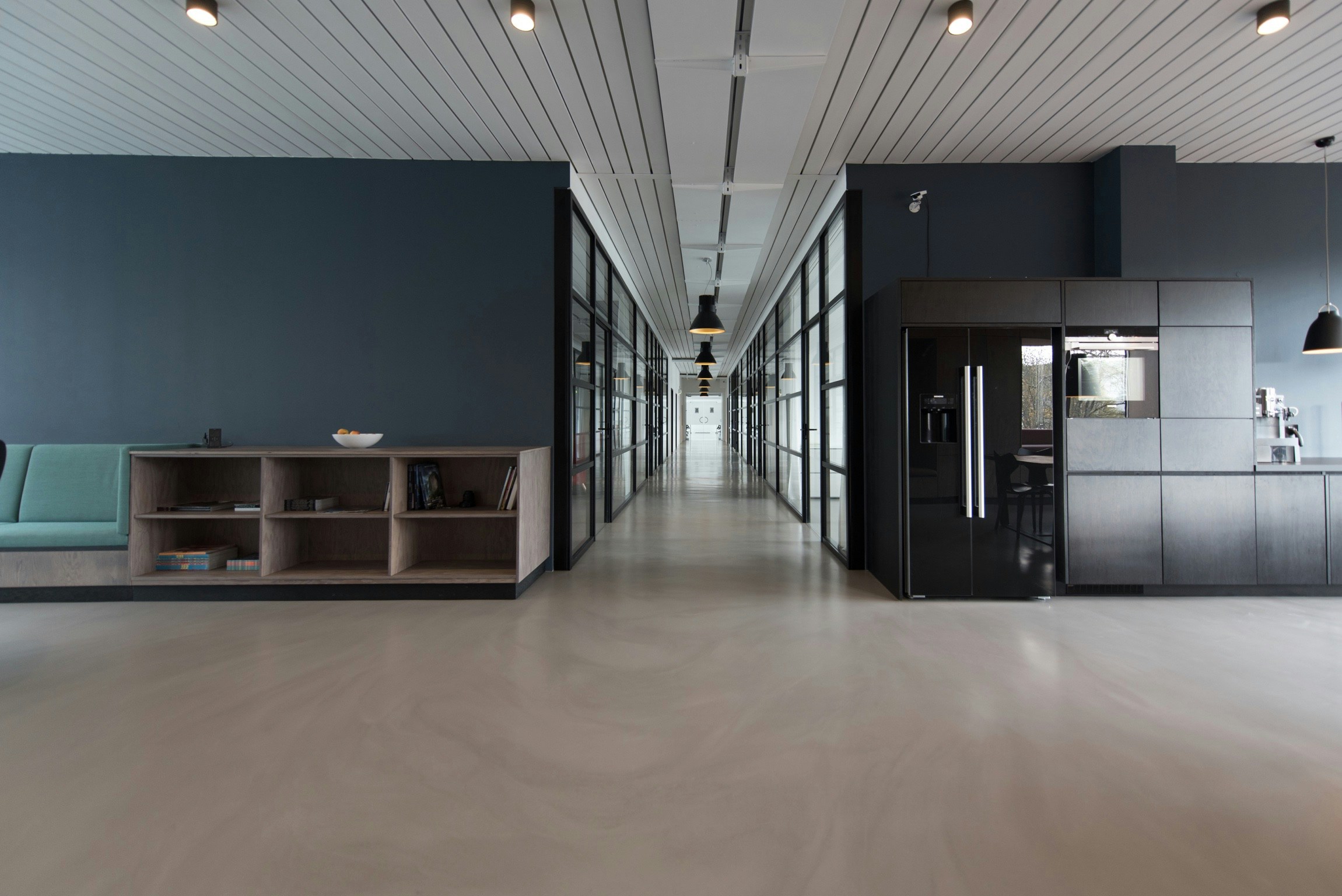Neuroarchitecture: Designing Spaces for Mental Wellbeing
The intersection of neuroscience and architecture is revolutionizing how we conceptualize and construct our built environments. Neuroarchitecture, an emerging field, explores how spatial design influences human cognition, emotion, and behavior. Read below to discover how this innovative approach is reshaping our homes, workplaces, and public spaces to promote mental health and overall wellbeing.

The Origins of Neuroarchitecture
The concept of neuroarchitecture has its roots in the mid-20th century when researchers began exploring the relationship between environmental stimuli and human behavior. However, it wasn’t until the 1990s that the field truly began to take shape, thanks to advancements in brain imaging technologies and a growing interest in evidence-based design practices.
Dr. John Zeisel, a pioneer in the field, conducted groundbreaking research on how architectural design could improve the lives of individuals with Alzheimer’s disease. His work demonstrated that thoughtfully designed spaces could reduce agitation, improve wayfinding, and enhance overall quality of life for patients. This laid the foundation for further exploration into the neurological impacts of built environments on various populations.
The Science Behind Neuroarchitecture
Neuroarchitecture relies on a multidisciplinary approach, drawing from fields such as cognitive neuroscience, environmental psychology, and biophilic design. Researchers use various methods to study the brain’s response to architectural elements, including functional magnetic resonance imaging (fMRI), electroencephalography (EEG), and virtual reality simulations.
Studies have shown that certain design features can trigger specific neurological responses. For example, exposure to natural light and views of nature have been linked to increased production of serotonin, a neurotransmitter associated with mood regulation and wellbeing. Similarly, the presence of curved architectural forms has been found to activate the anterior cingulate cortex, a brain region involved in emotional processing and empathy.
Practical Applications in Modern Design
The principles of neuroarchitecture are being applied across various sectors, from healthcare and education to workplace design and urban planning. In hospitals, neuroarchitectural interventions have been shown to reduce patient stress, improve sleep quality, and even accelerate healing processes. Schools designed with neuroarchitectural principles in mind have reported improvements in student concentration, creativity, and social interaction.
In the corporate world, companies are redesigning office spaces to enhance employee wellbeing and productivity. This includes incorporating biophilic elements, creating diverse work environments to suit different cognitive tasks, and optimizing lighting conditions to support natural circadian rhythms. Some innovative firms are even experimenting with movable walls and modular furniture systems that allow employees to reconfigure their workspace based on their current psychological needs.
Challenges and Ethical Considerations
While the potential benefits of neuroarchitecture are substantial, the field also faces several challenges and ethical considerations. One primary concern is the potential for misuse or manipulation of design elements to influence behavior in ways that may not align with individual autonomy or societal values. For instance, there are debates about the ethics of using neuroarchitectural principles in retail environments to encourage consumer spending or in public spaces to discourage certain behaviors.
Another challenge lies in the complexity of human cognition and the difficulty of creating universally beneficial designs. What may be psychologically soothing for one individual could be overstimulating for another, highlighting the need for flexible and adaptable design solutions.
The Future of Neuroarchitecture
As research in neuroscience and cognitive psychology continues to advance, the field of neuroarchitecture is poised for significant growth and innovation. Emerging technologies such as artificial intelligence and the Internet of Things are opening up new possibilities for creating responsive environments that can adapt in real-time to occupants’ psychological states and needs.
Some futurists envision smart homes that can sense an inhabitant’s stress levels and automatically adjust lighting, temperature, and even scent to promote relaxation. In urban planning, neuroarchitectural principles could be applied on a larger scale to design cities that support mental health and social cohesion.
As our understanding of the brain-environment relationship deepens, neuroarchitecture has the potential to transform the way we design and interact with our built surroundings. By creating spaces that are not just aesthetically pleasing but neurologically nurturing, we can work towards a future where our environments actively contribute to our mental wellbeing and cognitive flourishing.





